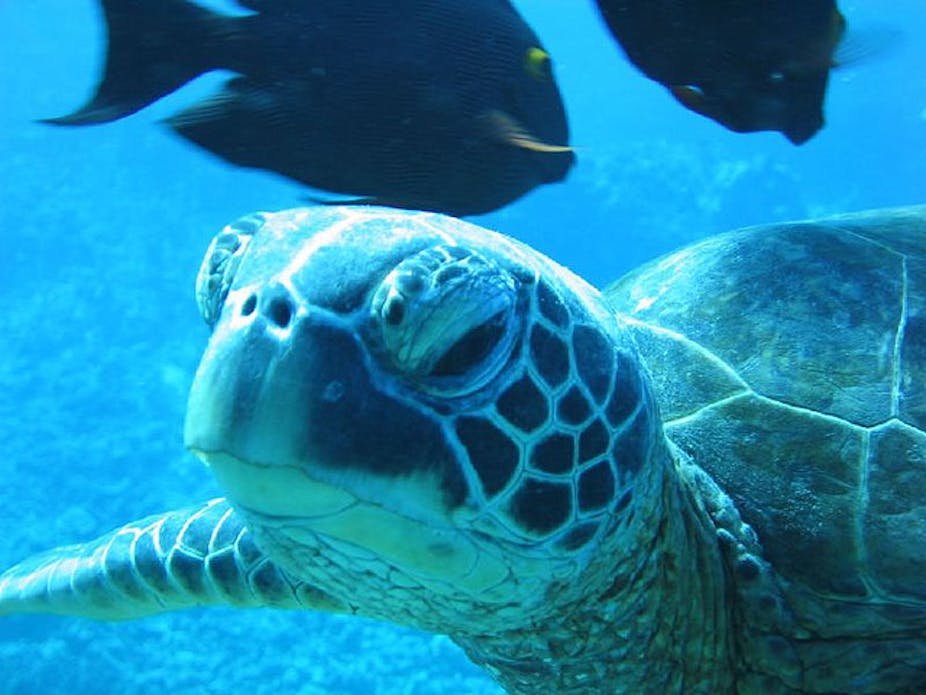A new map of potential sea turtle nesting spots, including remote locations cut off by conflict, will help researchers track how the reptiles respond to climate change, turtle experts said today.
Sea turtles, already endangered by fishing and coastal development, are also threatened by climate change because they need very specific conditions for reproduction.
Even slight changes in heat and moisture can prevent their soft-shelled eggs from hatching.
As global warming makes some popular nesting spots too hot or dry for many sea turtles, researchers say it is crucial to develop an accurate picture of where conditions are right for turtles to safely lay eggs.
A list of potential nesting spots could act as a starting point for research into how habitats change as the globe warms.
“The problem with a lot of the nesting sites is that there are conflicts there or they are in very remote places like northern Australia. There are nesting sites in Eastern Africa and places like Somalia, but there is a lot of conflict there and it’s hard for researchers to get in,” said Dr David Pike, a turtle expert from James Cook University.
To address the problem, Dr Pike used computer modelling to pinpoint places in the world where climate conditions are right for sea turtles to lay their eggs.
As the climate warms, other places currently too cold for nests will warm up, said Dr Pike.
“It’s not yet clear but it looks overall that things will balance out as long as we are doing lots of other conservation, like keeping sea turtles out of prawn trawlers, keeping poaching down,” he said.
“Protecting sea turtles under climate change is really going to require an integrated approach, to remove some of the other threats they are facing.”
The map of potential nesting spots also highlights sites that have previously gone unstudied but may well be worth a field visit, he said.
“So in places like the coast of northern Australia, we can target areas where we think sea turtles might nest in good numbers and go out and survey those areas to provide a baseline for future study,” said Dr Pike.
Kylie Williams, a PhD student studying turtles at the School of Environmental Science at Charles Sturt University welcomed the new map.
“Demographic modelling has already made us acutely aware of the need to protect all the life history stages of turtles – from egg to mature adult,” said Ms Williams, who was not involved in the modelling.
“By modelling the location of nest sites, Dr Pike’s research provides vital information on the ecological geography of sea turtles. It also allows us to begin to gauge just how severely species may be affected by climate change in the future.”

